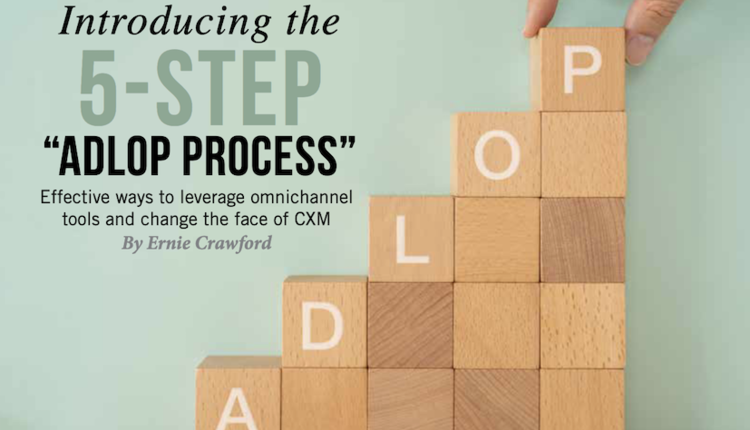The document creation process has improved, as both hardware and software products have become more sophisticated and feature-rich. The advances in new software and more cost-effective color printers have allowed companies to enhance their transaction documents by strategically placing advertising and communications onto the invoice or statement itself - where it will get maximum exposure.
But the movement to TransPromo is only one step of the journey. Additional value can be achieved by delivering the document via the recipient's preferred method of communications, be it paper, fax, SMS or email. While hard copy mail is still considered the preferred method of delivery, a 2008 Forrester study shows that 70% of consumers can be convinced to receive their communications electronically, as long as they are easy to print and save.
The clear benefit of electronic document delivery is hard-dollar cost savings. A typical implementation of electronic document delivery, including tracking and document encryption for security reasons, will normally pay for itself in six to nine months. In addition, the integration with an electronic payment capability can improve cash flow by reducing receivables between 15% and 80%. This electronic delivery approach also allows companies to embed cross-sell links leading back to their websites within the document, resulting in high click-through rates. One major cable company achieved a 12% click-through rate.
There are two perceived barriers to this implementation. Most companies think of electronic document delivery as a major IT project that is expensive and requires considerable resources; however, this is not necessarily the case. Today, 100% of the print file is sent to the print management software or directly to the printer. When switching to multi-channel delivery, companies can split the file based on the recipients' preferred method of delivery, suppressing the print function for those delivered electronically. This delivery can be as simple as posting the document on the website (pull technology) or delivering it via email as a secure (encrypted) attachment (push technology), in which the system treats the email file as an "outsourced" print function - the only difference being that the documents are delivered via email.
Although many companies have implemented paperless solutions for their billing and payment functions in an attempt to reduce costs and outstanding receivables, the vast majority have been unsuccessful. Adoption remains low because traditional online (pull) solutions require customers to proactively enroll on their own and visit the website to view and pay each bill. Consumers have inherently resisted a new process that requires them to "fetch" their bills; they expect them to be "delivered." The current state of affairs is that e-billing adoption rates average less than 10% across all North American industries. However, using the alternative push technology approach, where the document is delivered as a secure attachment to a standard email, adoption rates of 60% have been reached within four to five years.
The move to multi-channel delivery is not a trivial decision. A company's invoices and statements are a key communications tool. They represent the image of the company and ultimately affect its cash flow. Any decision to improve the delivery process is clearly a group decision, involving marketing, finance and operations. But once implemented, the transpromotional document, delivered the way a customer prefers to receive it, represents a strategic tool that reduces operating costs, improves cash flow, generates new sales, maintains customer loyalty and improves a company's carbon footprint.
RICH ROSEN [richr@rhrosengroup.com] is the founder and CEO of the RH Rosen Group, a firm that provides cost-saving products and solutions to medium and large mailers.











